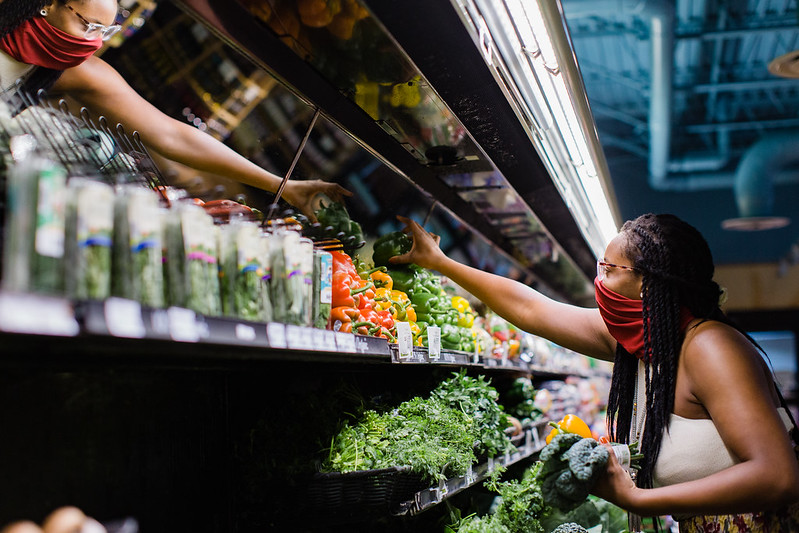Has COVID-19 forever changed the way we buy fresh food?

Our food supply chains need to be able to respond to pressing demands, from reducing food loss and waste and greenhouse gas emissions to improving market access for small-scale producers to ensuring the availability of nutritious, safe and affordable food.
Challenges arising from the COVID-19 pandemic changed the way people eat and shop for fresh food. This accelerated the uptake of new trading strategies and business models in the urban fresh food distribution landscape.
Large supermarket chains partnered with major food delivery companies. Open-air markets began offering pick-up and delivery services. Many farmers, keen to move their fresh produce quickly and adapt to the new reality, used digital technologies and platforms for the first time to sell their fruits and vegetables directly to urban consumers.
Many of these trends could be here to stay.
FAO has teamed up with the European Bank for Reconstruction and Development (EBRD) on a global study to understand how the COVID-19 pandemic has shaped the way fresh foods, especially fruits and vegetables, are distributed and bought in urban areas.
The study looks at trends and initiatives that have emerged in the capitals of France, Georgia, Italy, Morocco, Serbia, Turkey, the United Kingdom, Ukraine and Uzbekistan. This includes what the evolving food demand and rise of e-commerce mean for ever-adapting food distribution channels.
The study builds on a mix of data analysis and more than 100 interviews with key players such as retailers, including big chains and smaller shops, wholesale and retail markets, urban authorities, e-commerce companies and logistics management.
Understanding how these distribution systems adapted during the pandemic provides valuable lessons on how to build flexible and resilient systems that respond better to shocks. It also opens up areas for sustainable public and private investment.
A set of guidelines based on the study's results will help traditional and modern retailers expand their businesses to include e-commerce.
The study also addresses how the existing distribution infrastructure can support new activities and improve last-mile delivery to reshape urban food distribution sustainably.
In this 'new normal', the environment is ripe for innovation. As we rethink our food distribution systems, we need a deeper understanding of how to build reliable market networks that engage consumers while also feeding urban populations in clean and healthy ways.
Check back here for more information on the global study, individual case studies and practical guidelines.
